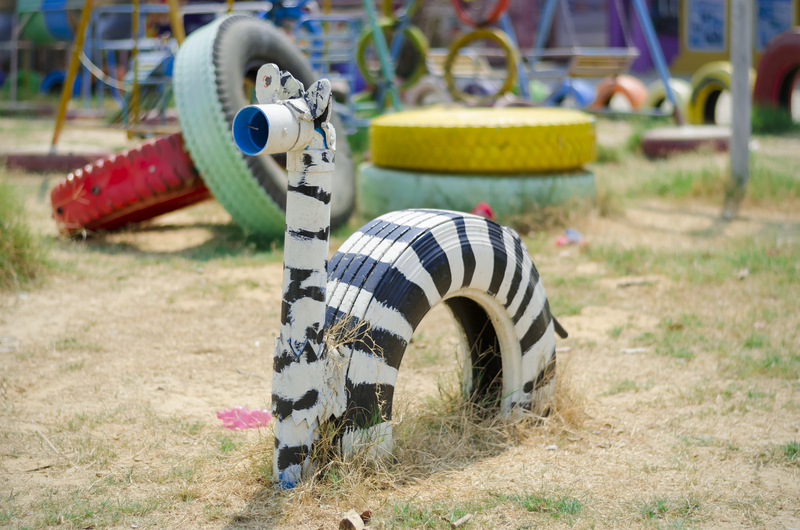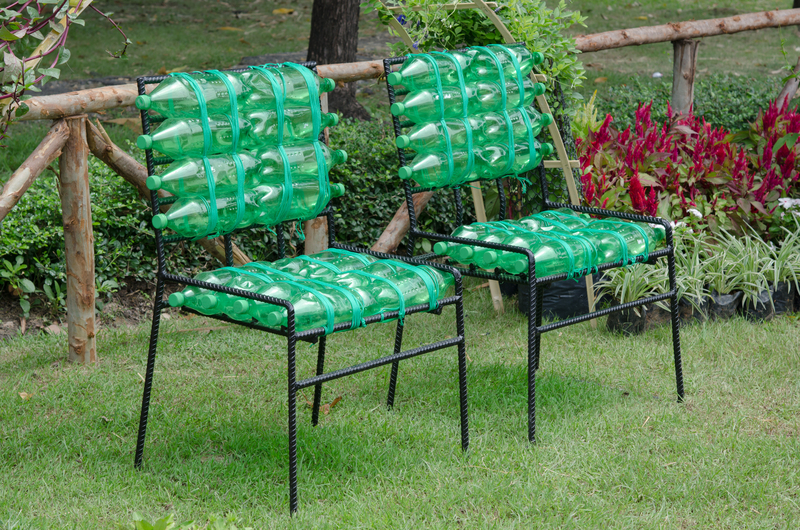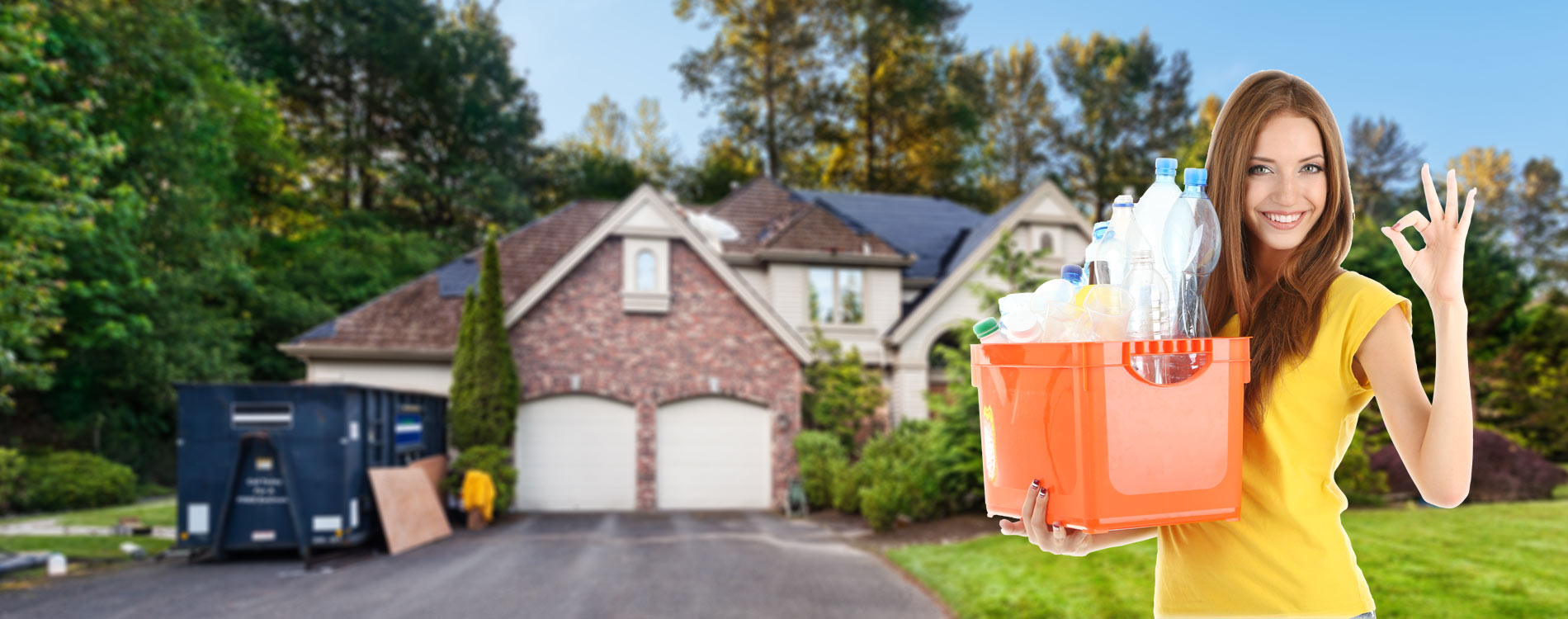Involving Kids in Recycling at Home
Posted on 04/04/2025
Recycling at home is an essential practice for maintaining a sustainable environment, and involving children in the process is a fantastic way to teach them about responsibility and environmental stewardship. By incorporating kids into recycling activities, you can make them aware of the impact their actions have on the planet and instill lifelong eco-friendly habits. This article will dive into various strategies to engage children in recycling at home, examine the pros and cons, provide helpful tips, list key takeaways, and conclude with an encouraging note.
Why Involving Kids in Recycling is Important
Children are the future custodians of our planet, and instilling recycling habits early on can make a lasting impact. Here are a few reasons why involving your kids in recycling is essential:
1. Develops Environmental Awareness: Teaching children about recycling helps them understand the importance of reducing waste and conserving resources.
2. Instills Responsibility: Kids learn that their actions can contribute to a larger cause, making them more responsible and conscious citizens.
3. Encourages Family Bonding: Working together on a common goal, like recycling, strengthens family relationships and creates lasting memories.
4. Promotes Critical Thinking: Children learn to identify what can be recycled and what cannot, fostering their problem-solving skills.

How to Get Kids Excited About Recycling
It's crucial to make recycling a fun and engaging activity for kids to ensure their continued interest. Here's how you can do it:
1. Create a Recycling Challenge: Set up a friendly competition where kids earn points for correctly recycling items. Offer small rewards to keep them motivated.
2. Educational Games and Books: Introduce eco-friendly activities, games, and books that emphasize the importance of recycling. This not only educates them but also makes learning enjoyable.
3. DIY Recycling Projects: Encourage kids to use recyclables for art and craft projects. This teaches them the value of reusing materials creatively.
4. Interactive Learning: Use apps and online resources that provide interactive lessons on recycling and environmental conservation.
Step-by-Step Guide to Involve Kids in Recycling
To make recycling a seamless, ongoing part of your home routine, follow these steps:
1. Explain Recycling Basics: Start by explaining what recycling is and why it's important. Use simple language and examples that your kids can relate to.
2. Segregate Waste: Teach children to separate recyclable materials such as paper, plastics, and glass from non-recyclable waste. Provide labeled bins to make the process straightforward.
3. Demonstrate Proper Cleaning: Show them how to rinse out recyclables like plastic containers and cans before placing them in the bin. Clean recyclables are more likely to be processed efficiently.
4. Discuss the Recycling Loop: Explain how recycled materials are turned into new products. Demonstrate this with examples like recycled paper or eco-friendly products.
5. Visit a Recycling Center: If possible, take your kids to a local recycling center to see the recycling process firsthand. This real-world experience can be incredibly enlightening.
Pros and Cons of Involving Kids in Recycling
Every good practice has its pros and cons. Here's a balanced view:
Pros
1. Educational Value: Kids gain knowledge about environmental issues and sustainable practices.
2. Habit Formation: Early involvement helps establish long-term recycling habits.
3. Family Bonding: Working together on recycling projects strengthens family ties and fosters teamwork.
4. Positive Environmental Impact: More hands working to recycle means more waste diverted from landfills.
Cons
1. Time-Consuming: Teaching and supervising kids in recycling can require additional time and effort.
2. Initial Reluctance: Some children may initially resist participating in recycling activities.
3. Potential Mess: Handling recyclables can be messy, requiring extra cleanup efforts.
4. Access to Resources: Not all families have easy access to recycling facilities or educational resources.
Recycling Tips for Families
Maximize your family's recycling efforts with these useful tips:
1. Start Simple: Begin with easy-to-recycle items like paper and plastic bottles.
2. Set an Example: Kids are more likely to recycle if they see their parents doing it consistently.
3. Educate Continuously: Reinforce the importance of recycling through regular discussions and updates on new recyclable items.
4. Utilize Visual Aids: Use charts and posters to illustrate what can and can't be recycled.
5. Celebrate Success: Acknowledge and praise your kids' recycling efforts to keep them motivated.

Key Takeaways
- Involving kids in recycling activities fosters environmental awareness and responsibility.
- Make recycling fun and engaging through challenges, educational materials, and DIY projects.
- Educate children on the basics of recycling and the recycling loop.
- Balance the pros and cons to ensure a practical and enjoyable recycling process.
- Use tips such as starting simple and setting a good example to strengthen your family's recycling habits.
Conclusion
Recycling at home is a powerful first step towards a more sustainable future, and involving kids makes this practice even more impactful. While it may require some effort and creativity, the benefits of engaging children in recycling far outweigh the challenges. By making recycling a fun, educational, and habitual part of their lives, you are instilling values that will benefit them and our planet for years to come. Start today, and witness the positive ripple effect of this eco-friendly endeavor in your household.
By integrating these strategies and staying committed to the cause, you're not just recycling materials--you're recycling the idea of an environmentally conscious mindset for generations to come.

 020 8610 9486
020 8610 9486










